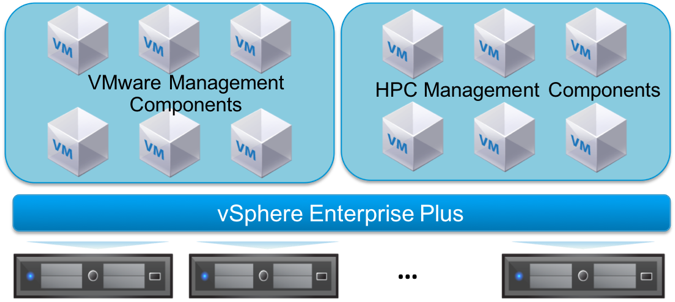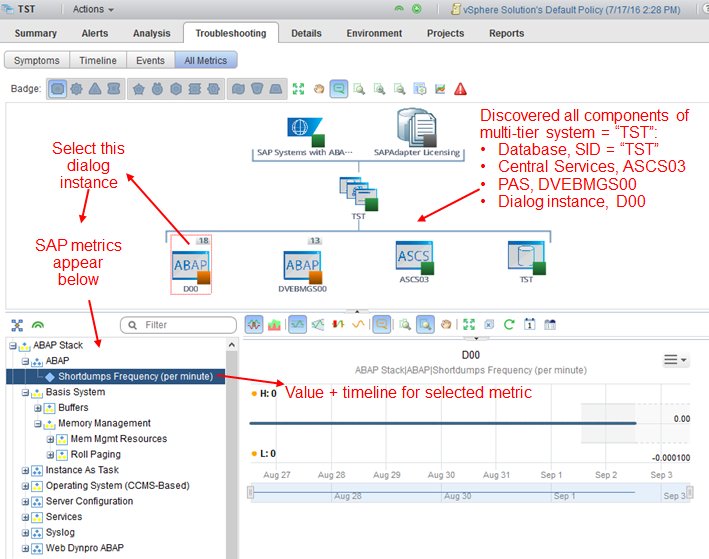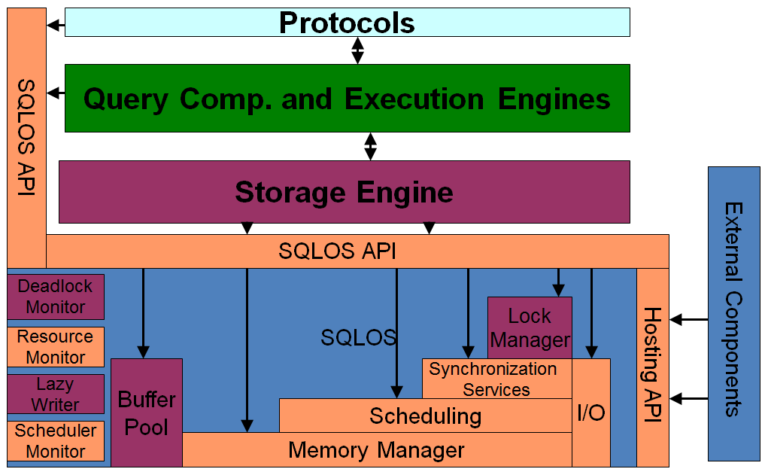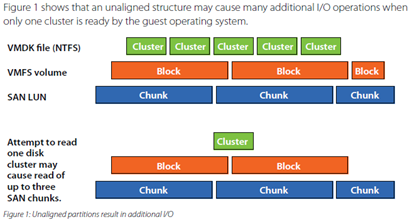November 2019 Update
In our efforts to provide extensive operational guidelines for hosting SQL Server workloads on VMware Cloud on AWS, the document has been extended with a brand new section: Optimize the configuration of a VM hosting SQL Server workload. Check it out to learn more how to optimize the VM performance and avoid unsupported configuration on VMware Cloud on AWS.
October 2019 Update
VMware Cloud on AWS is a rapidly developing platform with a lot of new and exciting features added recently to the portfolio. The document has been extended with a brand new chapter discussing the migration procedure of a SQL Server FCI cluster with shared disks to VMware Cloud on AWS. In addition, the following items were added or revised:
Check the updated document to review the new content and your feedback is always appreciated.
Introduction
Hosting mission-critical higly available Microsoft SQL Server (further referenced as SQL Server) workloads on VMware vSphere platform became mainstream during the last years. With the introduction of VMware Cloud on AWS enterprises now have an option to extend the vSphere hosting platform beyond on-premises datacenters into public cloud while maintaining the same toolset, user experience and without modification of SQL Server or even virtual machine configurations if the right design decisions were made. That make the planning and designing phase especially crucial to ensure that the migration of mission critical SQL Server workloads to the VMware Cloud on AWS completes without negatively impacting application SLAs or affecting the performance, availability, manageability and scalability of the workloads.
I am pleased to announce that a new document describing design, migration and configuration of Microsoft SQL Server workloads on VMware Cloud on AWS is now available. The document provides architectural guidelines to help architects with the design choices starting from the on-premises network configuration back to the stretched cluster feature of VMware Cloud on AWS. It calls out the vital prerequisites especially the application dependencies and network configurations that must be addressed before executing the migration.

The focus in the migration part of the document is on successful execution of the workload movement process, either as a part of a datacenter extension or datacenter evacuation. The document features a step-by-step guide for the migration of a virtual machine (VM) hosting a standalone SQL Server workload to a SDDC hosted on VMware Cloud on AWS using live vMotion. This video demo of the Migration of a SQL Server workload provides an additional UI experience and should be considered as a part of the guide.
After mastering the migration of standalone SQL Server workloads, it will be time for a highly available SQL Server to be moved to a public cloud. To simplify this task the document outlines guidelines and prerequisites along with Always On Availability Groups configuration details. Some workloads may be candidates for live migration while others may be cold migrated (requiring some downtime). Collecting and analyzing performance data of your SQL Server workloads prior to migration is a key in identifying the scope and the method of the migration to be executed.
The document address the post-migrations activities, including configurations of Compute policies (Anti-Affinity rules), SQL Server configurations and Day 2 operational changes (backup changes, monitoring tools configurations). vRealize Network Insight is an important tool to validate the network flow for the migrated database platform. It’s recommended to move all active consumer, like BI or reporting instances actively using database data, to the same SDDC to maintain the same level of performance as on-premises. Always consider validating your virtual machine configuration after migration using guidelines from the SQL Server on VMware vSphere Best practices guide.
Summary
VMware has successfully tested the live migration of a virtual machine hosting an instance of SQL Server without impact to the workload. Customer-specific experiences may vary due to different VM sizes, workload patterns and connection-dependent bandwidth. It’s recommended that customers test their own live migrations with non-production systems first, or with systems with less strict SLAs. Check the Microsoft SQL Server Workloads and VMware Cloud on AWS: Design, Migration and Configuration document for more details.






